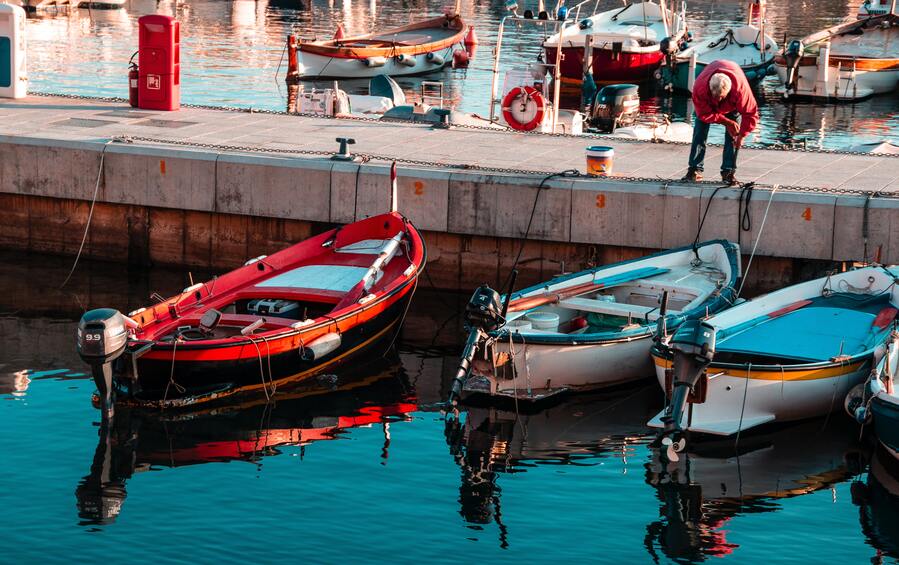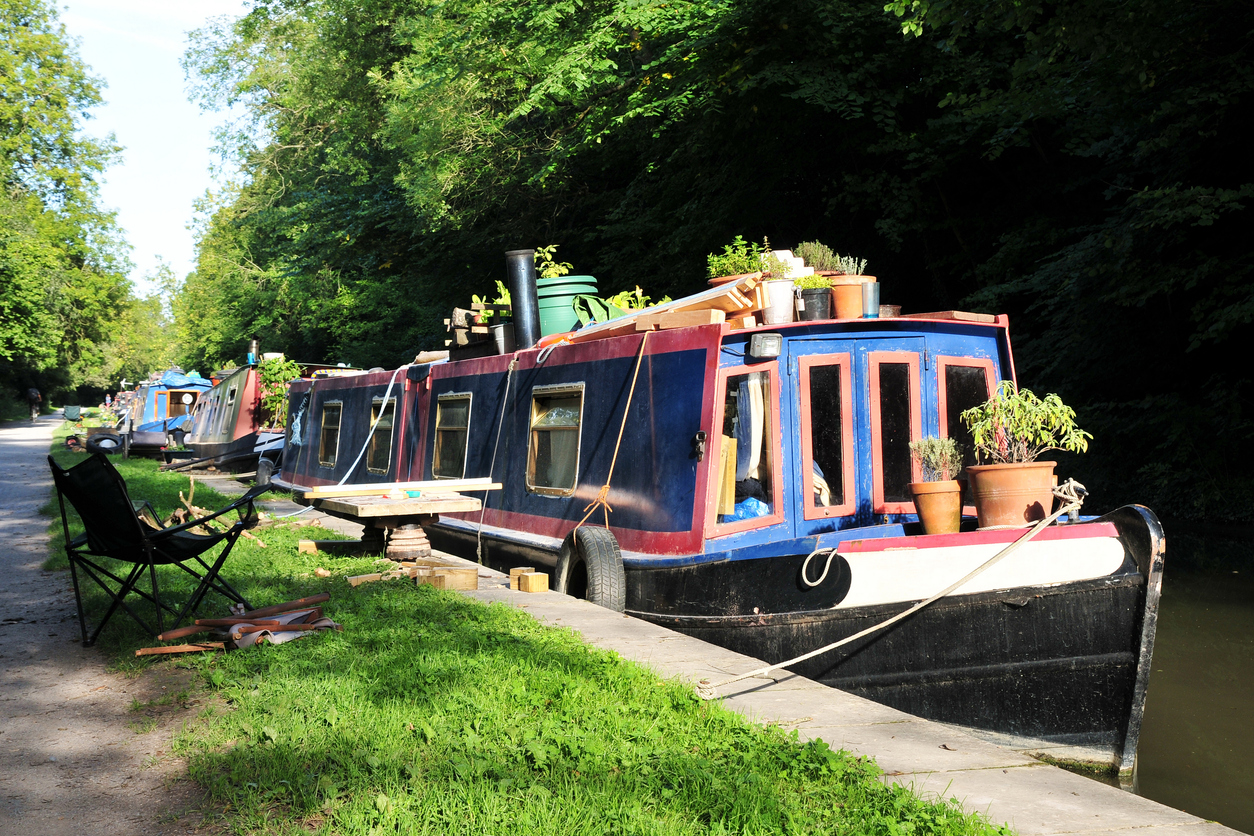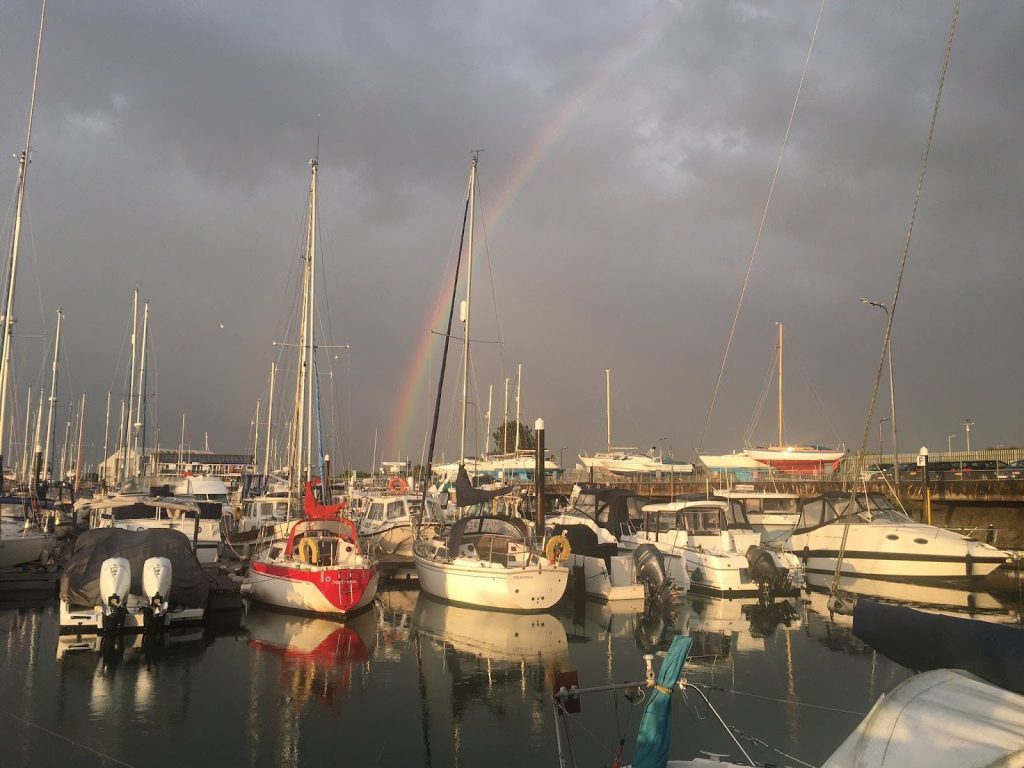Your first time boating whether as a crew member, charter customer or new owner can be slightly daunting with so much to get to grips with even before you cast off. So understanding how you and your boat interact with the marine environment around you as well as staying on the right side of any environmental regulations is possibly not your top priority. Much of it is common sense but to give you a hand The Green Blue is here to demystify what you need know.
Know the Rules
Before you untie your lines and haul in the fenders, take a moment to familiarise yourself with where you are and where you’re going. Different locations may have specific regulations or bye-laws. For example, most marinas will not allow marine toilets, sinks and bilges to be discharged within the confines of the marina or harbour. They may also stipulate how to dispose of waste and require it to be brought ashore and separated into appropriate bins (e.g. general waste, recyclables, oil or glass. Contact your local marina office or harbour authority for specific information.
It’s also important to know if there are any specific considerations on your passage. You may have heard of the developing network of Marine Protected Areas (MPAs) around the UK. MPA is a generic term and includes different types of legal protection such as Sites of Special Scientific Interest. These areas are designated to protect habitats and species from damage. They are still accessible to boaters, but check online for local codes of conduct or guides for boat users so you’re clear on what you might need to do.
Safe and Steady
It’s always a buzz to see marine wildlife when you’re on the water. The Green Blue’s rule of thumb is to think speed, be steady, be predictable, be quiet and always err on the side of caution. This is as much for the safety of the dolphins that join your bow wave or seals and pups hauled out on nearby rocks as the safety of you, your crew and your boat. Never chase or harass, keep at least 100m away and keep noise and wash to a minimum in the vicinity of shallow habitats, shorelines or any creatures you spot in the sea or on nearby coastlines and cliffs.
Nothing Overboard
Marine litter continues to be a hot topic. According to the Five Gyres Project, eight million metric tons of plastic enter the ocean each year, and much of it cannot breakdown beyond a small particle so it remains in the ocean as ‘plastic smog’. The Marine Conservation Society’s Great British Beach Clean last year saw a decline in plastic bags but an increase in balloon related litter, drinks containers, caps and lids. None of the sources is boating specific, but it goes without saying that nothing should be thrown overboard, not even orange peel that takes two years to biodegrade.
Put a sock in it!
Splashes and spills of fuel and oil are obvious pollutants. Use a SuperSpout nozzle if you’re filling up from a jerry can or a fuel collar when filling up from the fuel berth to catch drips and blowback. Take a look at the engine and bilges too. Maintain fuel lines, connections and seals to avoid leaks, and use a hydrophobic absorbent sock in the bilge to absorb oil and fuel before you pump out. The Green Blue has a limited supply for boaters to try, so if you would like one please contact info@thegreenblue.org.uk
Love Where You Sail
Untreated sewage can contain E. coli, cause gastroenteritis and contaminate shell fish beds and mussel ropes. If your boat doesn’t have a holding tank or deck fittings, try to empty the heads when you’re a good distance (if possible at least three miles) offshore where you will be away from busy areas and where stronger currents can diffuse the waste more quickly. If you have a holding tank use a pump out station. You can find a list on The Green Blue website -
www.thegreenblue.org.uk/pump_out_directory.aspx
Changes to the Recreational Craft Directive applicable from January this year require any toilet fitted in a new boat to be connected solely to a holding tank or water treatment system, so knowing where your nearest pump out station will become more important.
Grey Waste Water
Grey water from sinks and showers can be damaging to aquatic life. Anything that you put down the plughole on board will end up in the water. The obvious culprits are cleaning products as many contain chemicals which can be toxic to marine life or cause a chemical imbalance in an ecosystem. Instead, look in the supermarket or your local chandlery for products that don’t contain these chemicals, or look at The Green Blue’s Green Directory for alternatives www.sailingnetworks.com/green
Think about what you put on your face and body too! The UK Government has been running a consultation on the UK’s proposed ban on the use of plastic microbeads in cosmetics and personal care products. Use these products on board and the particles will end up in the sea! The most up-to-date guide on bead free products is Flora and Fauna International’s Good Scrub Guide www.goodscrubguide.org/ Boaters may also like the app ‘Beat the Microbead’ which allows you to scan the barcode to see if your product contains microbeads.
Keep a clean hull!
Invasive species are plants and animals that have been introduced to our waters outside their natural range and have a negative environmental, economic or social impact. One of the ways they move around is on boat hulls, but a few simple actions can stop the spread. Give your hull an annual lift, scrub and antifoul renewal. Pay attention to the propeller, bottom of the keel, anchor chains, and water inlets and outlets. Remove visible plant or animal matter and put it in the bin not back in the water. And try not to run through water plants and weed as it chops them up and can spread invasive species further.
To find out more information sustainable boating visit www.thegreenblue.org.uk


